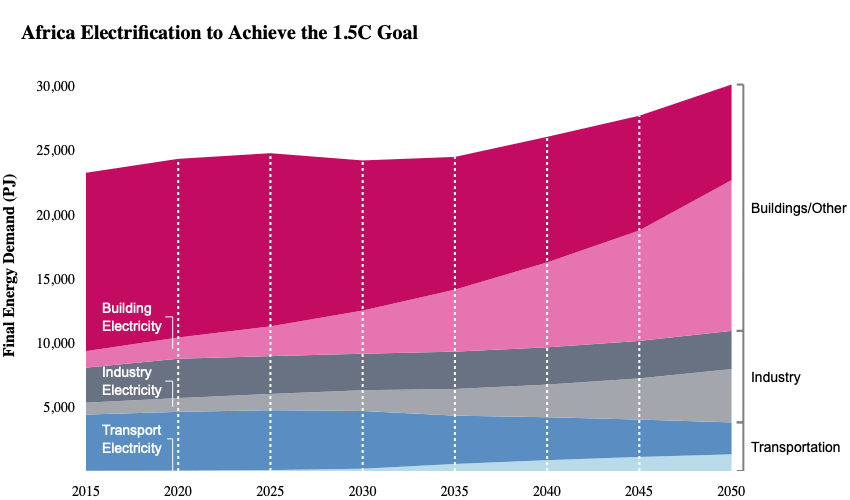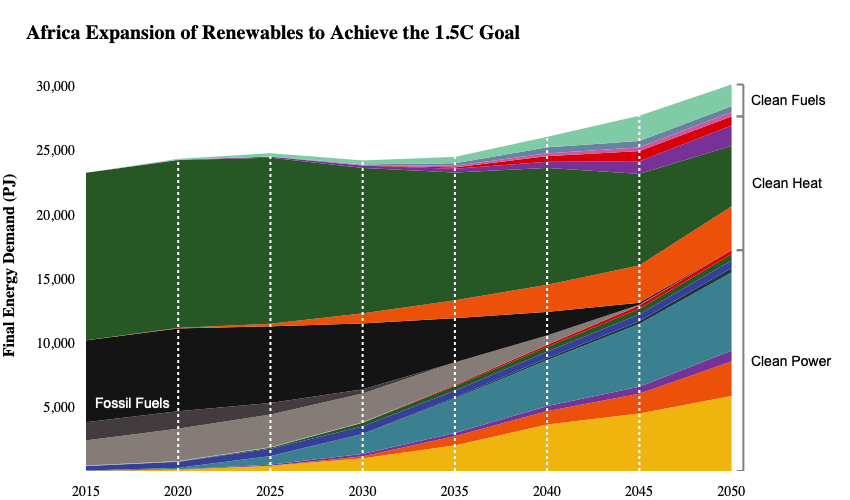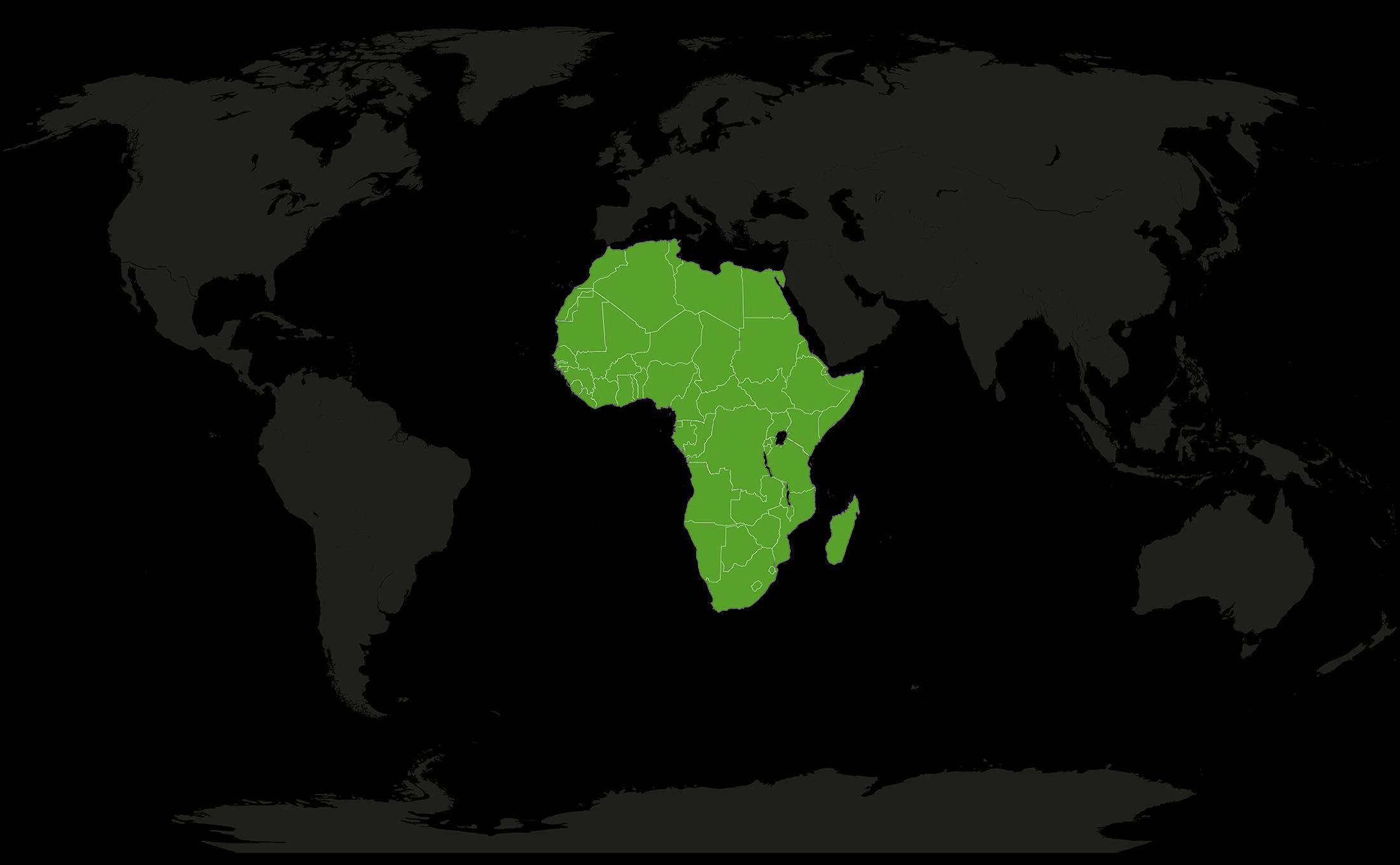In 2018, the IPCC made clear that the world must be kept below 1.5°C global average temperature rise. The special report Global Warming of 1.5°C showed that it becomes increasingly difficult to solve climate change beyond this threshold, and every tenth of a degree increase in temperature risks multiplying impacts. Some believe the 1.5°C goal can only be achieved through large-scale implementation of risky or expensive technologies, such as bioenergy with carbon capture and storage (BECCS), direct air capture (DAC), or solar radiation management (SRM). These technologies may play a role in the future, but they cannot be relied upon to solve the current climate crisis.
A groundbreaking climate modeling framework, published in the book Achieving the Paris Climate Agreement Goals (APCAG), shows that it is still possible to stay below 1.5°C with widely available, rapidly scalable solutions. The effort was the culmination of a two-year collaboration with 17 leading scientists at the University of Technology Sydney (UTS), two institutes at the German Aerospace Center (DLR), and the University of Melbourne’s Climate & Energy College. The book was released by the prestigious scientific publisher Springer Nature and is now the most downloaded climate text in the publisher’s history.
In order to create a global decarbonization model to achieve the 1.5°C goal, a sophisticated computer simulation of the world’s electrical grids was created with 10 regional and 72 sub-regional energy grids modeled in hourly increments to the year 2050, along with a comprehensive assessment of regionally available renewable resources like wind and solar, minerals required for manufacturing of components, energy efficiency measures, and configurations for meeting projected energy demand and electricity storage for all sectors through 2050. Below are the results for the Africa energy transition:
Even though North Africa currently has a strong dependence on oil, it can achieve the goal of 1.5°C because of its vast solar potential and high electrification rate. Africa and Europe are technically in a good position to form an economic partnership for solar energy exchange. One problem that needs to be addressed in the region of Sub-Saharan Africa is that it has low urbanization and a lack of access to electricity for two-thirds of its people. Modernizing traditional biomass use could lead to significant demand reduction due to the current prevalence of inefficient cooking and heating methods. Africa has significant potential for most renewables, including biomass, hydro, geothermal, solar, and wind. A small share of internal combustion engine-powered cars, fueled with biofuels or synthetic fuels, will still be on the road, but will be gradually replaced by electric drivetrains. Mouse over the charts below at 5-year increments to see data points for each transition.
This region includes Cameroon, Central African Republic, Chad, Congo, DRC, Guinea, Gabon, Djibouti, Egypt, Eritrea, Ethiopia, Kenya, S. Sudan, Somalia, Somaliland, Sudan, Uganda, Algeria, Libya, Mauritania, Morocco, Tunisia, South Africa, Angola, Botswana, Burundi, Lesotho, Madagascar, Malawi, Mauritius, Mozambique, Namibia, Rwanda, Swaziland, Tanzania, Zambia, Zimbabwe, Benin, Burkina Faso, Côte d'Ivoire, Gambia, Ghana, Guinea-Bissau, Liberia, Mali, Niger, Nigeria, Senegal, Sierra Leone, and small islands. To explore the global transition model read the APCAG Executive Briefing.

Africa Electrification of the three major sectors -- transportation, industry, and buildings/other -- required to achieve the 1.5°C goal per Achieving the Paris Climate Agreement Goals (Teske, 2019). Credit: University of Southern California Marshall MS Business Analytics Program

Africa Expansion of renewable energy delivery required to achieve the 1.5°C goal per Achieving the Paris Climate Agreement Goals (Teske, 2019). Lower curves show renewable electricity generation. Upper curves show renewable heating sources and renewable fuels. Credit: University of Southern California Marshall MS Business Analytics Program

